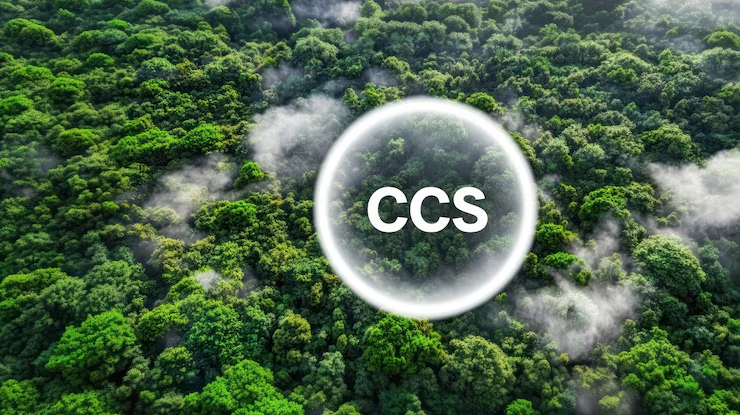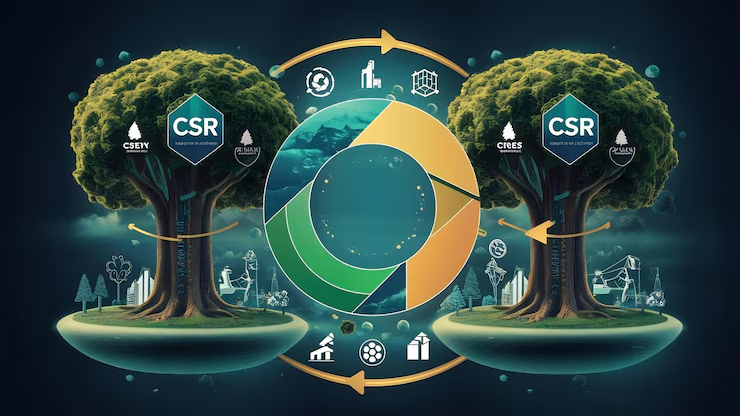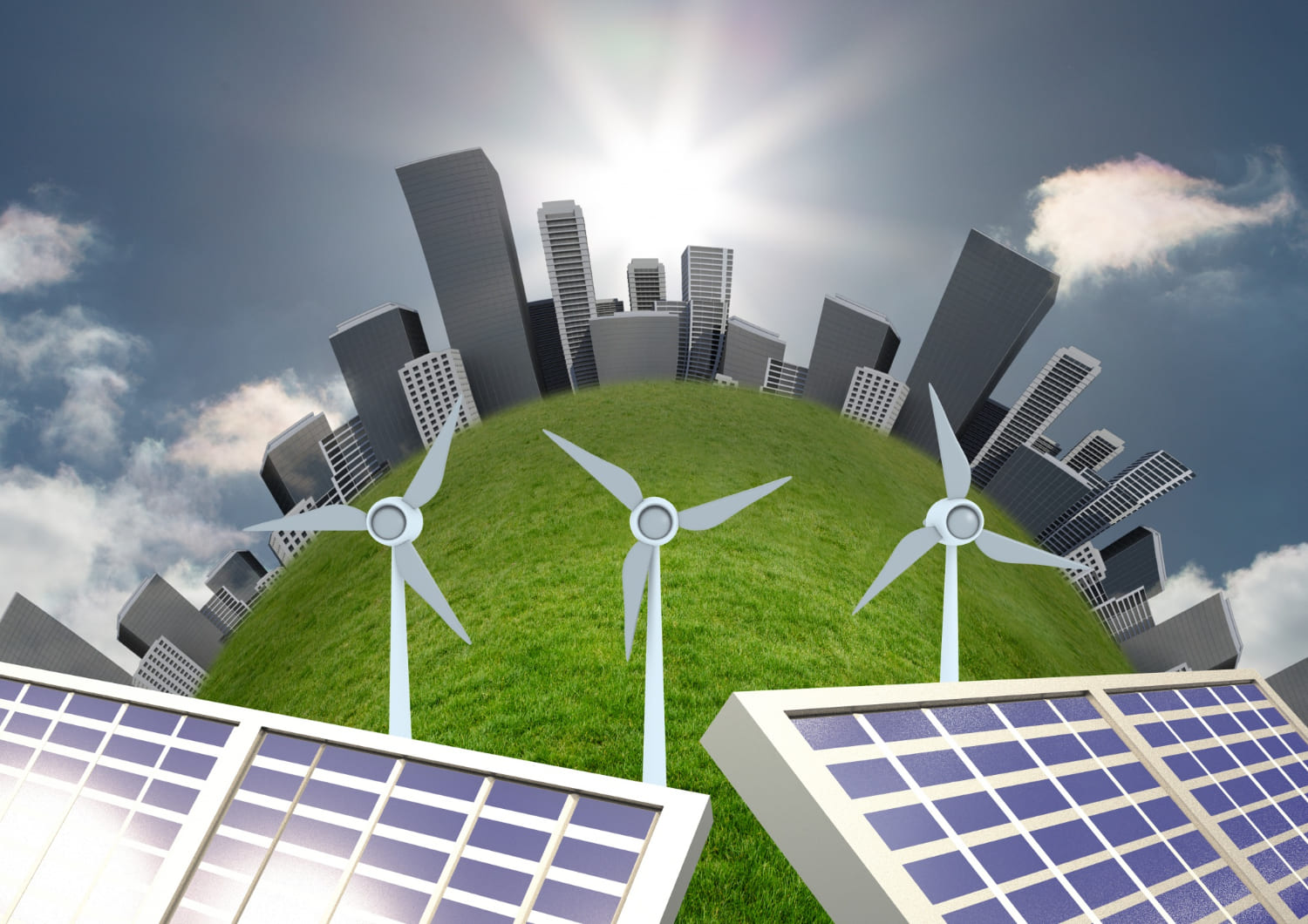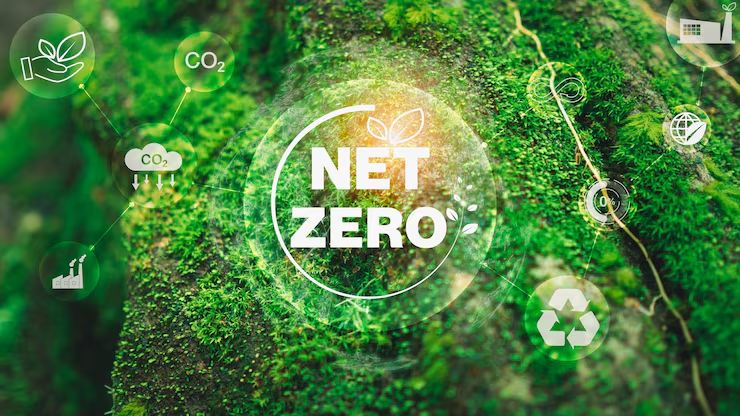Are All Carbon Offsets Created Equal?
A Guide to Quality & Transparency

Imagine this: you’re handed a certificate claiming you’ve erased a ton of carbon from the atmosphere. It feels good—noble, even. But what if that ton was never really captured? What if the trees you funded were never planted, or the wind turbine was spinning long before your money arrived? Welcome to the wild world of carbon offsets, where not every promise holds up under scrutiny. With businesses and individuals pouring billions into these climate Band-Aids, one question looms large: are all carbon offsets created equal? Buckle up—we’re about to peel back the curtain on quality, transparency, and what it takes to make an offset worth its weight in carbon.
The Carbon Offset Boom: A Double-Edged Sword
First, let’s set the scene. A carbon offset represents one metric ton of carbon dioxide (or its equivalent) either removed from the atmosphere or prevented from being emitted. Projects range from planting trees in deforested regions to capturing methane from landfills or scaling renewable energy in remote communities. The idea is simple: if you can’t eliminate all your emissions, you fund projects that do it for you. It’s a pragmatic piece of the net-zero puzzle, and demand is soaring—projected to hit a $100 billion market by 2030. But with growth comes scrutiny. Stories of phantom forests, double-counted credits, and projects that collapse after a photo op have sparked skepticism. A 2023 investigation found that some widely used offsets tied to rainforest protection overstated their impact by as much as 90%. The stakes are high—businesses risk their reputations, and the planet loses precious time. That’s why understanding quality and transparency isn’t just a nice-to-have; it’s a must.
What Makes a Carbon Offset High-Quality?

Not all offsets are cut from the same cloth. A high-quality offset isn’t just a number on a ledger—it’s a verifiable, lasting contribution to climate action. Here are the key ingredients:
1. Additionality: This is the golden rule. Would the project have happened without the offset funding? If a wind farm was already in the works, slapping an offset label on it doesn’t actually reduce emissions—it’s just business as usual. High-quality offsets fund projects that wouldn’t exist otherwise, like reforesting degraded land or bringing solar power to underserved regions.
2. Permanence: Imagine planting a forest to soak up carbon, only for it to burn down a decade later. That’s a permanence problem. Quality offsets ensure the carbon stays locked away for the long haul—think 50, 100, or even 1,000 years—through rigorous monitoring and risk management.
3. Verification: Trust but verify. Independent third-party standards—like the Verified Carbon Standard (VCS), Gold Standard, or Climate Action Reserve—audit projects to confirm they deliver what they promise. Without this, you’re buying a hope and a prayer, not a solution.
4. No Double Counting: If two companies claim credit for the same ton of carbon, the math falls apart. High-quality offsets are tracked in registries to ensure each ton is unique and retired once claimed.
5. Co-Benefits: The best offsets go beyond carbon. They might improve local air quality, create jobs, or protect biodiversity—like a mangrove project that sequesters carbon while shielding coastal villages from storms. These ripple effects amplify impact.
The Transparency Trap: Why It’s Hard to See the Forest for the Trees
Even with these criteria, transparency remains a sticking point. Many offset providers offer vague descriptions—think “tree planting in South America” with no specifics on location, species, or survival rates. Others bury their methodology in jargon, leaving buyers in the dark. This opacity fuels distrust and makes it tough for businesses to know if their investment is paying off.
Take the case of a well-known airline that faced backlash in 2022 after its “carbon-neutral flights” relied on offsets from a project later found to be over-credited. The lesson? Without clear data—project details, real-time monitoring, and public reporting—quality is just a guess. Transparency isn’t optional; it’s the backbone of credibility.
Navigating the Market: A Buyer’s Guide
So, how do you pick the good apples from the barrel? Whether you’re a small business or a multinational, here’s a practical roadmap:
1. Ask the Tough Questions: Demand specifics. Where’s the project? Who’s running it? What’s the additionality evidence? If the provider dodges or deflects, walk away.
2. Lean on Standards: Stick to offsets certified by reputable bodies. VCS, Gold Standard, and UN-backed CERs (Certified Emission Reductions) are safe bets with rigorous checks.
3. Check the Registry: Every legit offset has a serial number tied to a public registry. Trace it to confirm it’s real and retired.
4. Prioritize Local Impact: Offsets closer to your operations or community can align with your values and tell a stronger story to stakeholders.
5. Think Long-Term: Pair offsets with in-house emission cuts. They’re a bridge, not a free pass.
WOCE & EKI: A Partnership Built on Impact

WOCE have teamed up with EKI Energy Services Ltd., a global leader in carbon offsetting, to bring businesses offsets that hit the mark. EKI’s portfolio is a powerhouse: think afforestation across India’s degraded lands, solar arrays lighting up off-grid communities, and cookstove programs slashing emissions while improving lives in rural Africa and Asia.
These aren’t cookie-cutter credits—they’re high-quality, verified projects with tangibleco-benefits, from cleaner air to job creation.
Through this partnership, WOCE bridges the gap. Our Carbon Certificate Management tool ties you directly to EKI’s offsets, offering full traceability from project to retirement. Picture a manufacturer offsetting its supply chain with EKI’s wind farms in Gujarat Or an oil firm balancing its books with a Ugandan reforestation project, monitored in real-time with esgpro.ai. Serving 3,500+ clients across 40+ countries, WOCE and EKI make sustainability actionable—affordable, transparent, and aligned with standards like the GHG Protocol and ISO.
The Bigger Picture: Quality Fuels Trust
Offsets aren’t the silver bullet—deep emission cuts and circular strategies are the core of the fight. But when they’re high-quality, they’re a turbo boost: funding innovation, uplifting communities, and showing sustainability pays. The WOCE-EKI duo proves it—whether it’s a mangrove project in Indonesia or a biogas plant in Kenya, every credit tells a story of real impact.
So, no, not all carbon offsets are equal. Some are smoke and mirrors; others are climate MVPs. Quality and transparency draw the line—turning doubt into trust and ambition into progress. Next time you’re in the market, dig in. Ask more. Choose better. Because in the net-zero sprint, every ton matters—and every smart pick moves us closer to a world that
thrives




